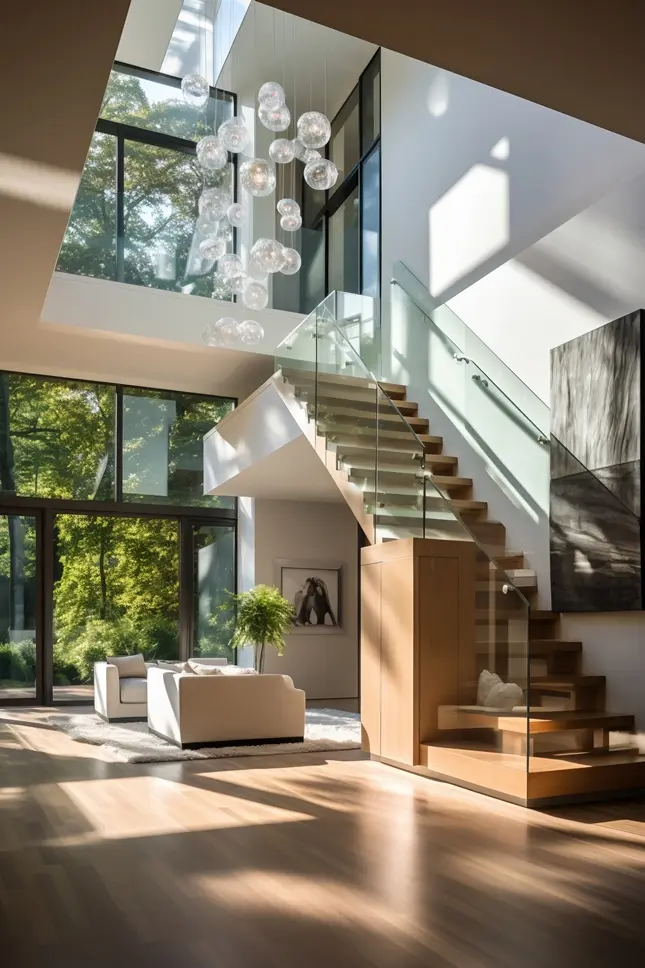
// Building Automation
Building Automation Systems (BAS or BMS):
- Scale:
- Scope: BAS are designed for larger and more complex structures, such as commercial buildings, industrial facilities, and campuses.
- Number of Systems: They integrate and control multiple systems, including HVAC, lighting, security, access control, elevators, and more.
- Complexity:
- Sophistication: BAS are typically more sophisticated due to the complexity of managing large and diverse systems.
- Customization: They often require customization to meet the specific needs and requirements of each building.
- Integration:
- Comprehensive Integration: BAS aim to comprehensively integrate various subsystems to optimize overall building performance.
- Interoperability: They often use standardized protocols (e.g., BACnet, LonWorks, KNX) for interoperability among different manufacturers’ devices.
- Control and Monitoring:
- Centralized Control: Centralized control is common, with a Building Management System (BMS) acting as the central hub for monitoring and control.
- Advanced Analytics: Advanced analytics and reporting capabilities are often included to analyze energy usage, occupancy patterns, and system performance.
- Professional Installation:
- Professional Implementation: Installation and configuration are typically carried out by professionals or certified integrators with expertise in building automation.
- Cost:
- Higher Cost: The cost of implementing BAS is generally higher due to the complexity and scale of the systems involved.
- Scale:

